Time Fractured, Fear Amplified
Bloober Team’s Cronos: The New Dawn steps into survival horror’s bleeding edge, delivering a brutal third-person gauntlet where you fight for the future by salvaging the past. Rather than simply rehashing the eerie corridors of Silent Hill, the studio rewinds the tape to craft an original story driven by desperation, decay, and dread. This isn’t psychological dread; it’s scorched earth, body horror, and time-shattering stakes.
Set across two timelines, an iron-lunged dystopian future and a style‑laden, retro‑futurist 1980s Poland, Cronos fuses Eastern European brutalism with blood-soaked surrealism. You are the Traveler, dispatched by the enigmatic Collective to retrieve the essences of the fallen before they’ve even died, preserving memory while navigating time rifts between eras. It’s resource planning turned apocalyptic art form: limited ammo, time-bending tools, and monsters that evolve unless you incinerate them swiftly.
This game isn’t subtle. Corpses don’t stay dead; they merge into grotesque horrors unless lit aflame. Your suit’s soul-load elevates your combat might, but invites whispers and haunting hallucinations that blur sanity lines. It’s Resident Evil-style control, grafted onto Dead Space’s dread, all filtered through a Cold War lens. Expect grime, despair, and brain-burning tension.
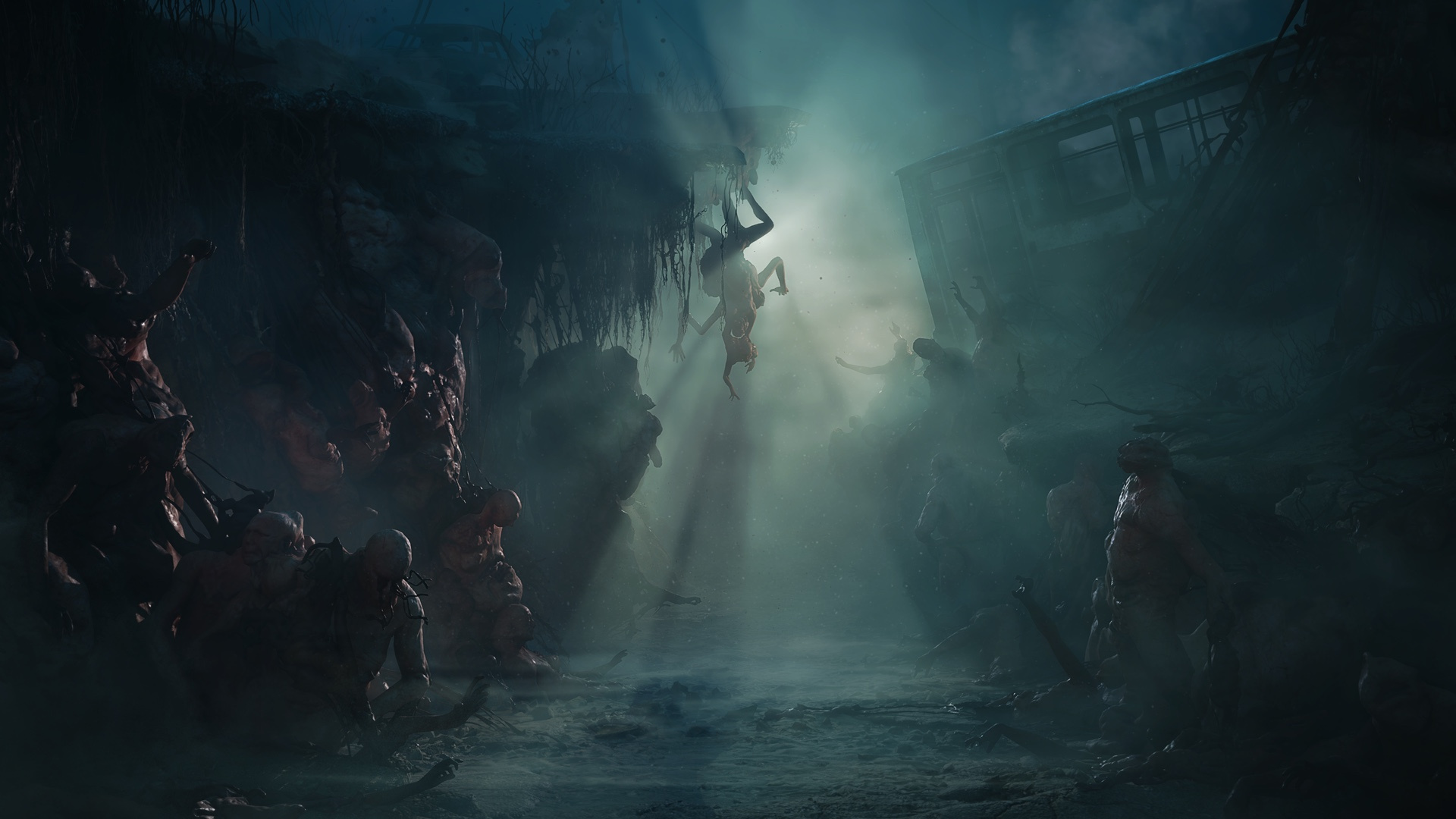 Early critical response is optimistic. Critics at Gamescom found Cronos “a cut above,” with combat requiring ruthless strategy, and atmosphere that oppresses in all the right ways. Meanwhile, others praise its blend of body horror and meaningful narrative grounded in real-world trauma. It’s clear this title isn’t just another Bloober horror, it’s their bold leap forward.
Early critical response is optimistic. Critics at Gamescom found Cronos “a cut above,” with combat requiring ruthless strategy, and atmosphere that oppresses in all the right ways. Meanwhile, others praise its blend of body horror and meaningful narrative grounded in real-world trauma. It’s clear this title isn’t just another Bloober horror, it’s their bold leap forward.
Shadows of the Past, Monsters of the Future
Setting and Story – A Bleeding Clockwork of Brutality and Memory
If Cronos: The New Dawn were a film, it would fall somewhere between Children of Men, Stalker, and Tetsuo: The Iron Man. The story, much like its environments, is scarred by violence and haunted by time. Set in a bleak world where retro-futurism collides with decaying brutalist architecture, the game transports players across dual timelines, each equally harrowing, but stylistically distinct.
You are the Traveler, a ghost in a machine outfitted by a mysterious organization called the Collective. Your mission is grim but vital: enter dangerous time rifts, revisit 1980s Poland at the dawn of a world-ending event called The Change, and extract “essences” from key individuals moments before their death. These souls are necessary for rebuilding the future, but carrying them burdens your mind, literally. Your suit becomes haunted by whispers, static hallucinations, and blurred lines between what’s real and what’s retrograde psychosis.
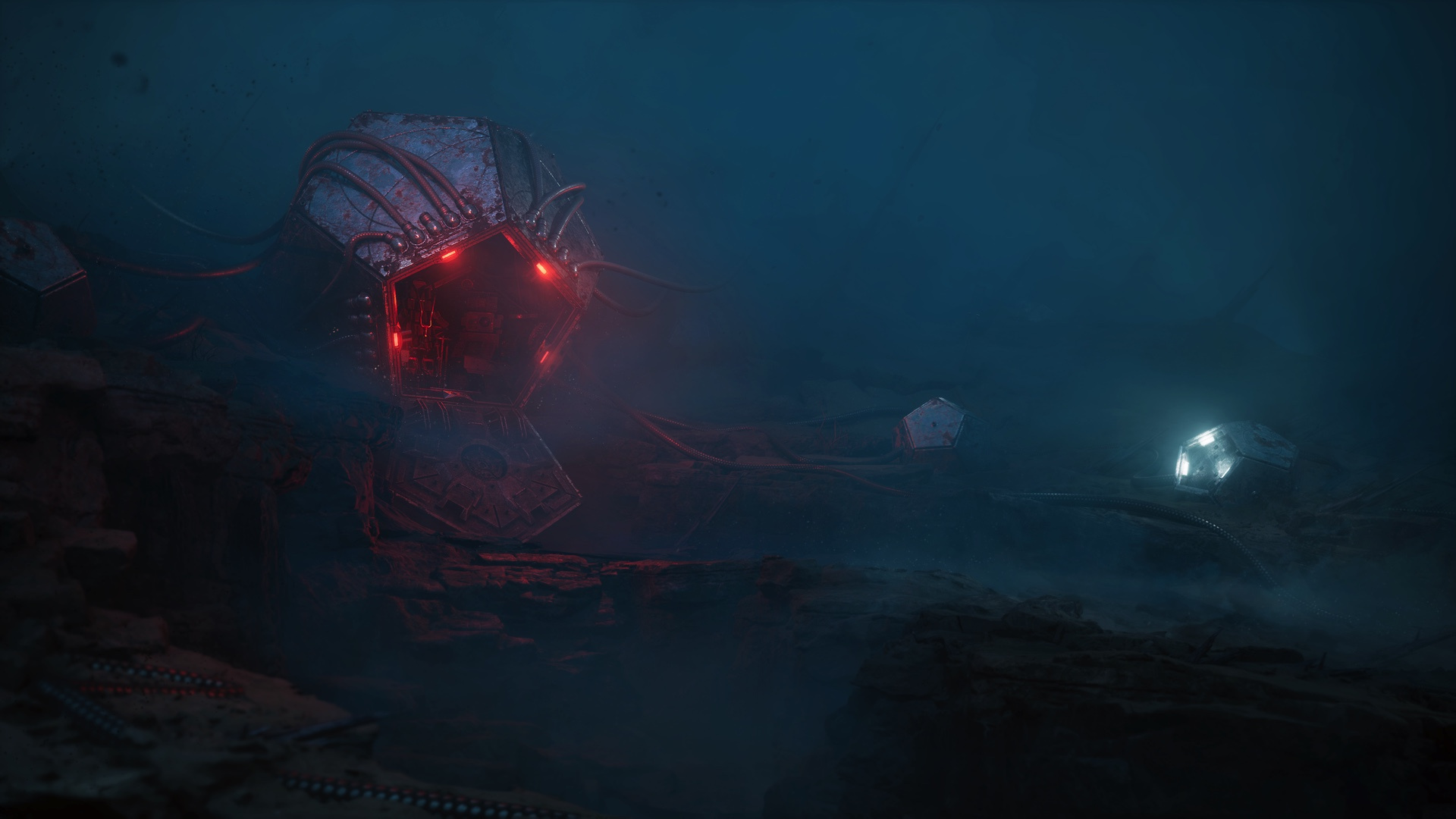 The 1980s sections ooze with dystopian Cold War paranoia: rotary phones, smog-choked streets, cassette players hissing propaganda. Meanwhile, the future is a desolate techno-graveyard. Entire districts have succumbed to mutations and deformed AI monstrosities. The only constants? Concrete, decay, and death.
The 1980s sections ooze with dystopian Cold War paranoia: rotary phones, smog-choked streets, cassette players hissing propaganda. Meanwhile, the future is a desolate techno-graveyard. Entire districts have succumbed to mutations and deformed AI monstrosities. The only constants? Concrete, decay, and death.
Bloober Team’s narrative ambitions here are bold. While Layers of Fear and The Medium explored psychological horror, Cronos adds a third layer, existential survival. What happens when the only way to save the world is to exploit the dead?
And despite the game’s relentless darkness, it’s not without philosophical weight. How many “essences” can one soul carry before identity collapses? Are we merely curators of trauma, doomed to ferry ghosts across a broken reality? These aren’t just side thoughts, they’re baked into the gameplay, choices, and visuals.
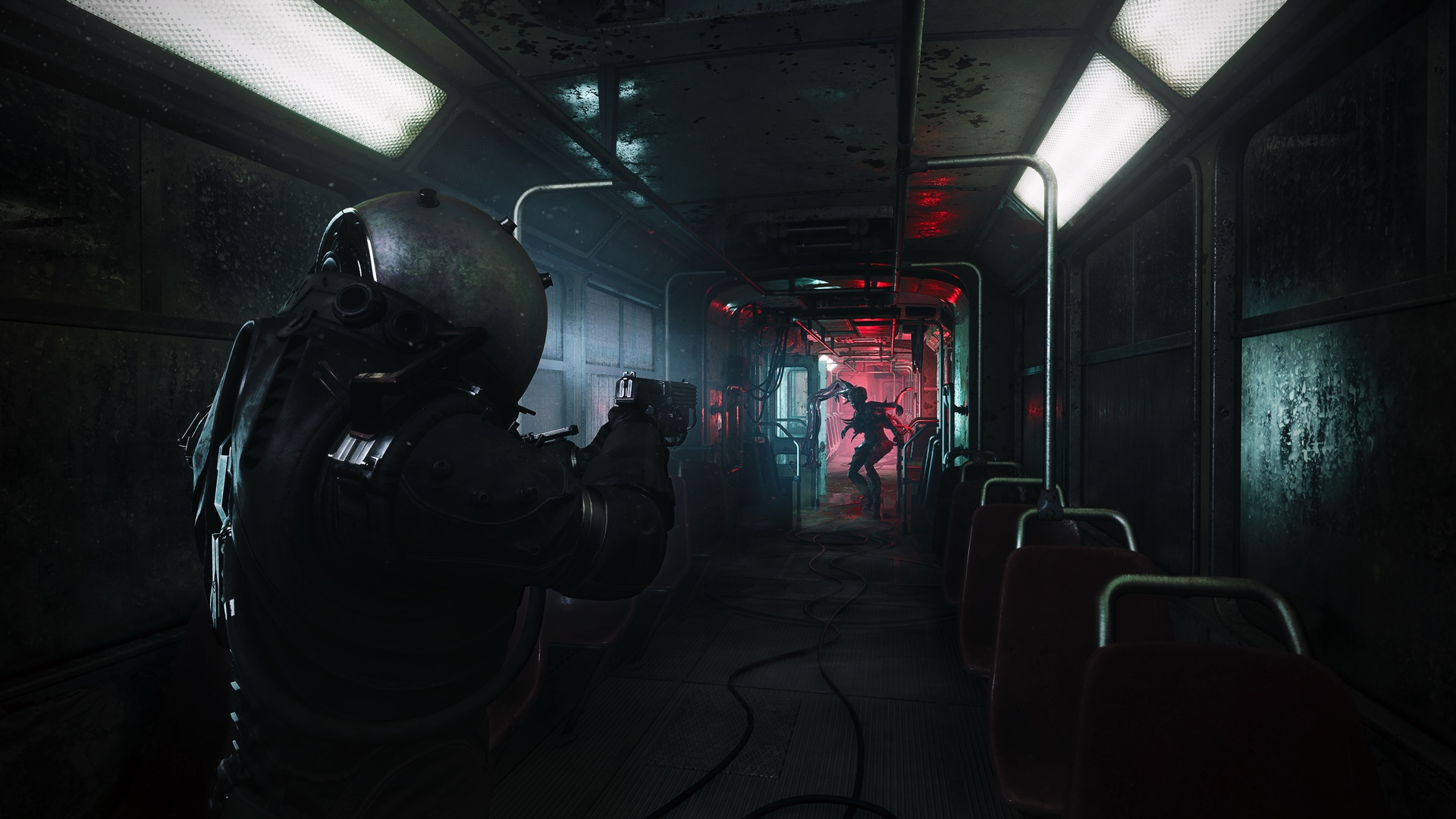 The result is a setting that never feels gimmicky or contrived. Every inch of the world reinforces its tone: brutalist stairwells are more than scenery, they’re metaphors for endless descent. Audio logs, retro-future tech, and analogue terminals offer fragmented lore that players must stitch together like a ruined past being painfully reassembled.
The result is a setting that never feels gimmicky or contrived. Every inch of the world reinforces its tone: brutalist stairwells are more than scenery, they’re metaphors for endless descent. Audio logs, retro-future tech, and analogue terminals offer fragmented lore that players must stitch together like a ruined past being painfully reassembled.
Tactical Terrors and Temporal Tension
Gameplay and Mechanics – Burn, Merge, Repeat
Cronos: The New Dawn doesn’t just flirt with horror survival mechanics, it chains you to them, blindfolds you with dread, then lights the room on fire. At its core, the gameplay is an elegant balance of resource-constrained brutality and time-fractured exploration, with a few innovative twists that separate it from its Soulslike cousins.
Combat in Cronos is brutal, methodical, and utterly unforgiving. Players don’t just mow down enemies, they dissect them. Your primary arsenal includes the Harvester, a soul-extraction tool that doubles as a weapon, and a variety of ranged options that mimic Cold War tech filtered through Dead Space aesthetics. But here’s the rub: ammo is precious, reloading is slow, and your enemies evolve. Literally.
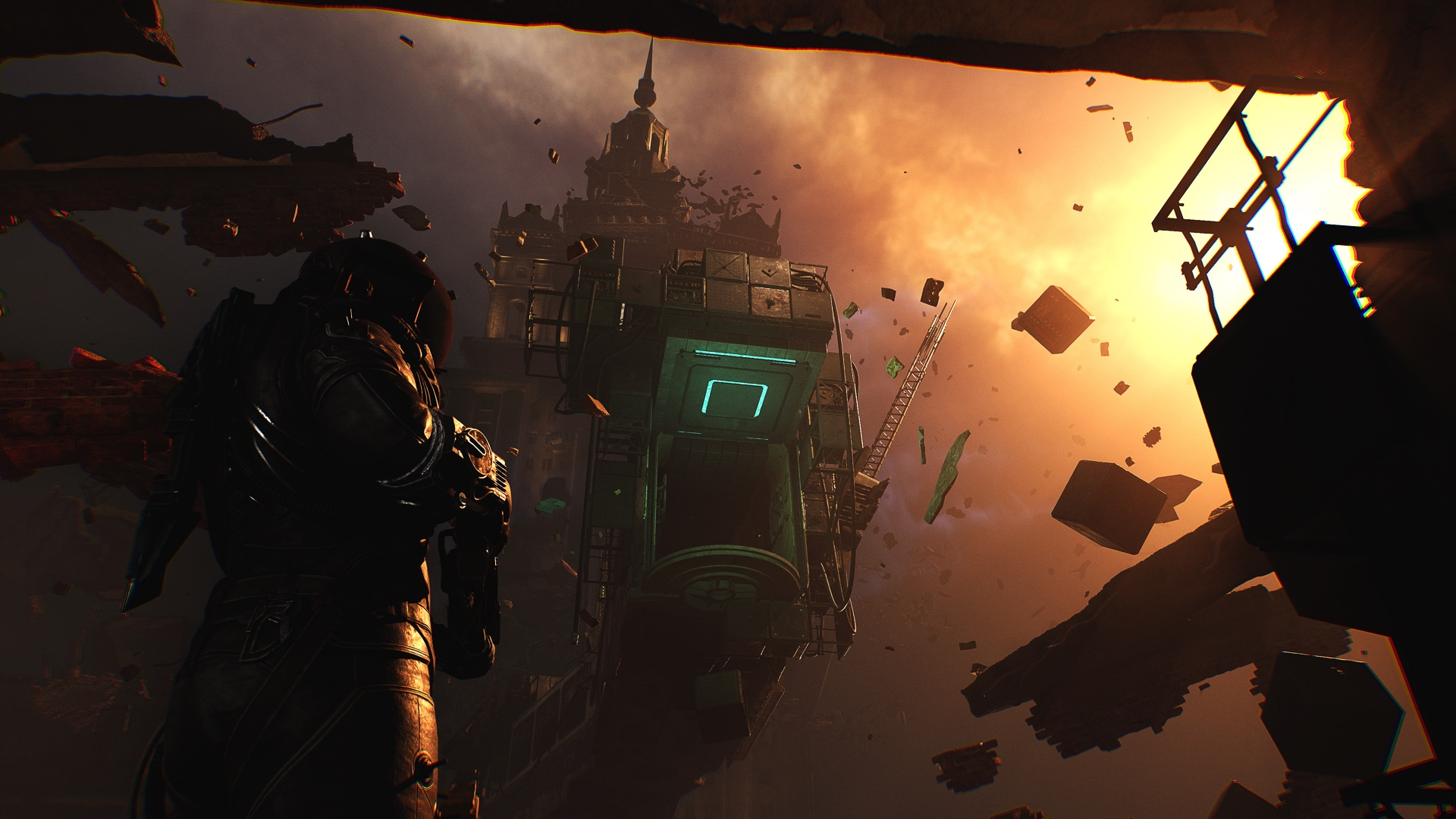 When a creature dies, its corpse becomes a time bomb. If you don’t burn the body within seconds, nearby enemies will merge with it, triggering grotesque transformations into faster, tougher abominations. It’s a game loop that demands constant spatial awareness and quick post-kill decisions. Think Resident Evil 4 meets Carrion in reverse: you’re not preventing horror, you’re slowing its escalation.
When a creature dies, its corpse becomes a time bomb. If you don’t burn the body within seconds, nearby enemies will merge with it, triggering grotesque transformations into faster, tougher abominations. It’s a game loop that demands constant spatial awareness and quick post-kill decisions. Think Resident Evil 4 meets Carrion in reverse: you’re not preventing horror, you’re slowing its escalation.
Exploration is just as intense. The world is semi-open with interconnected zones across two timelines: 1980s Poland, with dense apartment blocks and decaying hospitals, and the future wastelands, where nature and machinery have violently merged. You’ll uncover shortcuts, manipulate temporal anomalies to bypass barriers or alter the environment, and backtrack with new tools in classic Metroidvania fashion.
The essence system is a standout innovation. When you extract souls from key figures in the past, they’re not just quest items, they inhabit your suit. Each essence grants passive buffs, faster healing, more damage, or rare resistances, but with a steep psychological cost. Your HUD glitches, whispers echo, shadows flit across your vision. Carry too many and your grip on reality frays, adding not only aesthetic distortions but mechanical consequences like misfiring abilities or misread enemy tells.
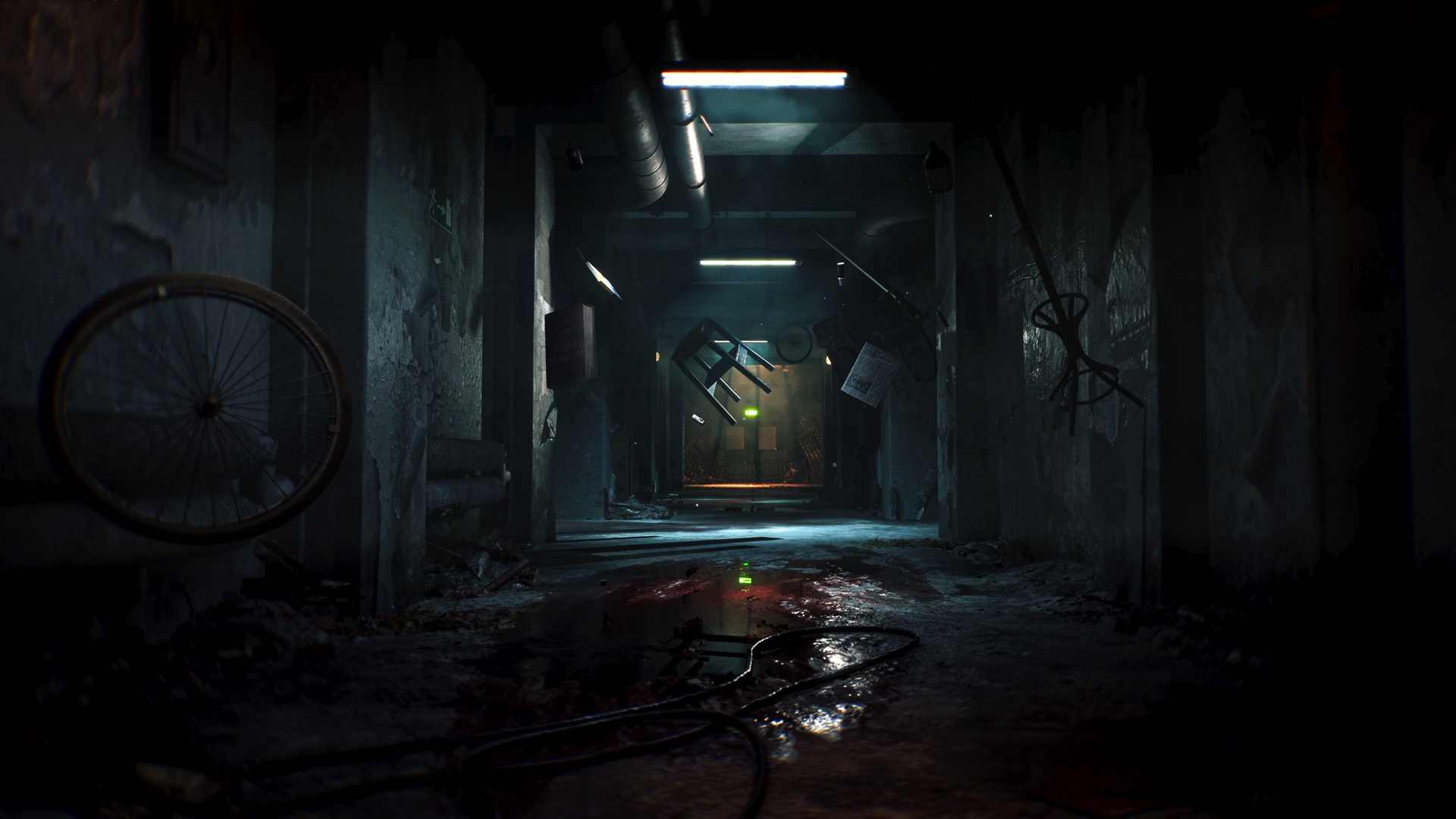 And let’s not overlook customization. The game allows modding of weapons using rare salvaged tech. You can imbue firearms with plasma bursts or EMP rounds, but each upgrade is permanent and comes at the cost of weight, which affects stamina and dodge speed. This risk-reward layer turns each loadout into a tactical commitment, not just a cosmetic choice.
And let’s not overlook customization. The game allows modding of weapons using rare salvaged tech. You can imbue firearms with plasma bursts or EMP rounds, but each upgrade is permanent and comes at the cost of weight, which affects stamina and dodge speed. This risk-reward layer turns each loadout into a tactical commitment, not just a cosmetic choice.
Where many survival horrors plateau by hour 10, Cronos escalates. New enemy types emerge that mock your habits, environments twist to disorient, and your own character becomes more unstable. It’s not just about “getting good”, it’s about staying sane.
Fractured Futures, Familiar Faces
Multiplayer and Replayability – Alone in the Dark? Not Quite.
Cronos: The New Dawn might present itself as a solitary descent into madness, but beneath the cracked brutalist surface lies a surprisingly robust system for community-driven replayability, without ever relying on traditional multiplayer tropes. No PvP invasions or souls-duels here. This is a world too broken for friendly competition… but just connected enough to feel eerily alive.
Echoes of Others: Asynchronous Multiplayer Done Right
Inspired by the messaging systems in Dark Souls and the spectral trails of Death Stranding, Cronos incorporates “Temporal Echoes”, ghostly projections of other players’ past actions. You’ll see hazy outlines of others walking into traps, defeating enemies with unique strategies, or, more frequently, dying in highly creative ways. These echoes aren’t just eye candy; they provide contextual hints and teach environmental awareness without breaking immersion.
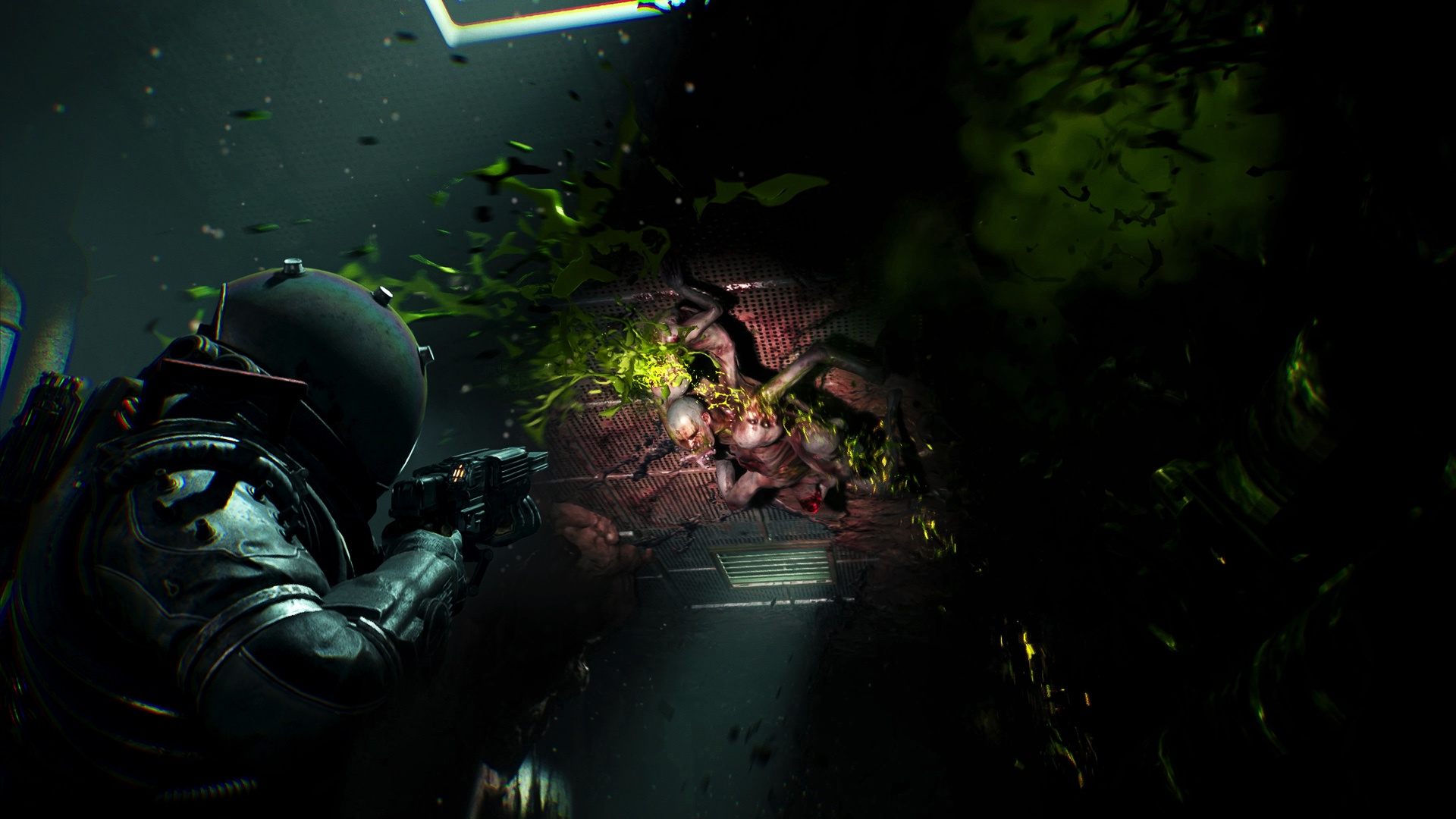 Better still, if you interact with an Echo and survive an encounter they failed, you can “cleanse” the anomaly, granting you bonus crafting materials and a cryptic memory fragment of their final moments. It’s like looting a tombstone, but with a narrative twist.
Better still, if you interact with an Echo and survive an encounter they failed, you can “cleanse” the anomaly, granting you bonus crafting materials and a cryptic memory fragment of their final moments. It’s like looting a tombstone, but with a narrative twist.
Harvester’s Log and Daily Shifts
Every Traveler’s journey is different thanks to the Harvester’s Log, a modular quest system offering randomized “Temporal Shifts.” These are bite-sized, replayable missions that drop you into alternate-timeline events, glimpses of what might have happened if things went slightly more wrong (or more right). They’re perfect for experimenting with risky loadouts, testing new essence combinations, or grinding for rare upgrades without risking your campaign progress.
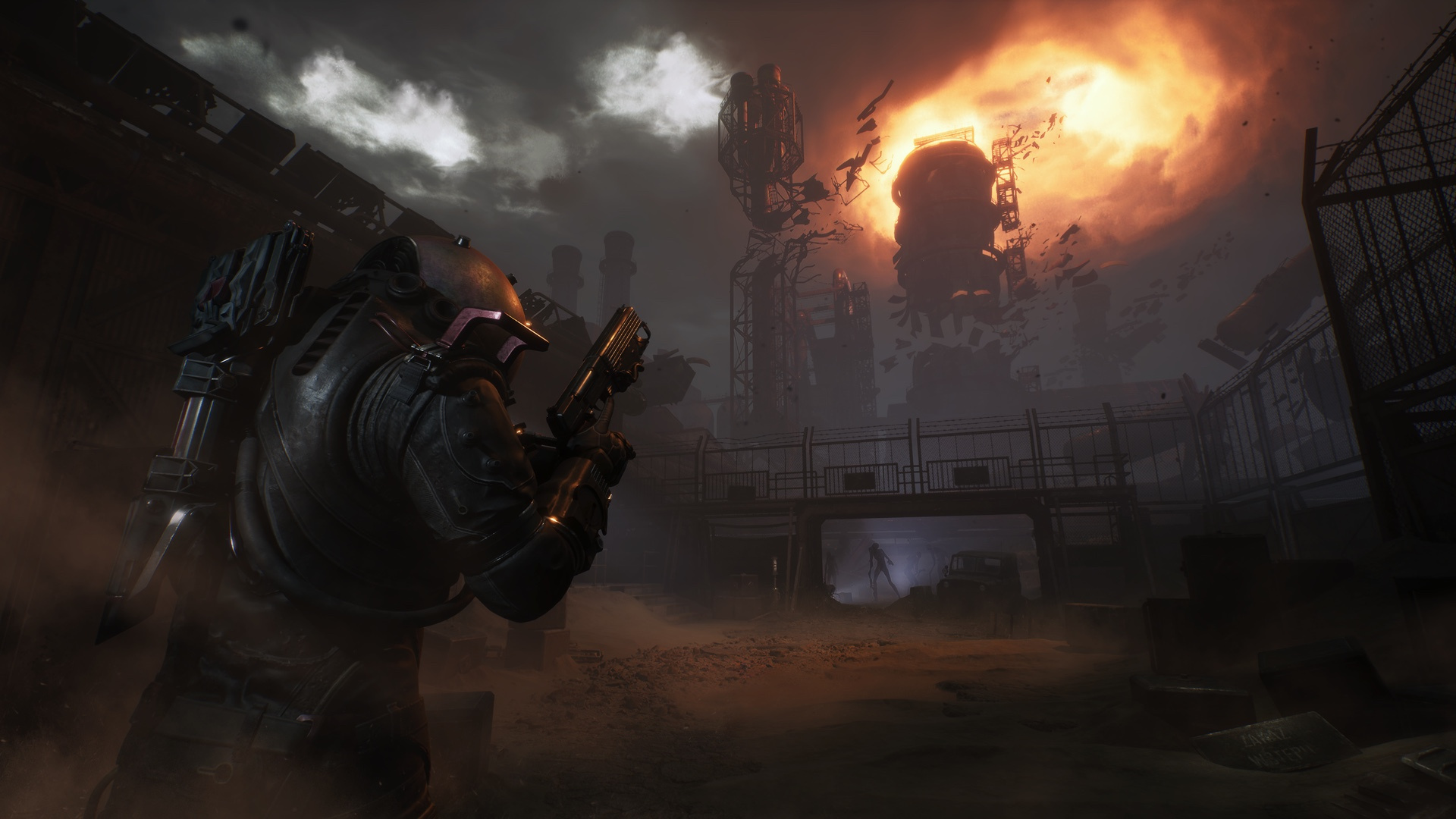 Daily and weekly shifts introduce leaderboards, yes, there are scoreboards, but it’s about efficiency, not kills. Players are judged based on speed, resource consumption, and damage taken. It’s survival horror turned into performance art.
Daily and weekly shifts introduce leaderboards, yes, there are scoreboards, but it’s about efficiency, not kills. Players are judged based on speed, resource consumption, and damage taken. It’s survival horror turned into performance art.
Multiple Endings, Morality That Actually Matters
Replayability also thrives through the game’s narrative branching. Your decisions about which souls to harvest, which anomalies to close, and which past figures to save or abandon, all ripple into drastically different endings. In one timeline, you might stabilize the future. In another, you become its greatest threat. There’s even a mysterious “Third Shift” ending teased by the devs, unlockable only by uncovering obscure lore entries scattered across both timelines.
With New Game+ carrying over weapon mods, essence slots, and alternate suits (some purely cosmetic, others whisper-enabled), revisiting Cronos with new builds feels like entering a warped mirror of your first run.
Echoes in Concrete and Static
Graphics and Sound – When Brutalism Meets Madness
If Cronos: The New Dawn were a painting, it would be smeared in concrete dust, lit by flickering neon, and framed with blood-soaked rebar. Visually and sonically, the game is a haunting blend of late Cold War paranoia and Lynchian fever dream, an atmosphere that crawls under your skin and refuses to leave.
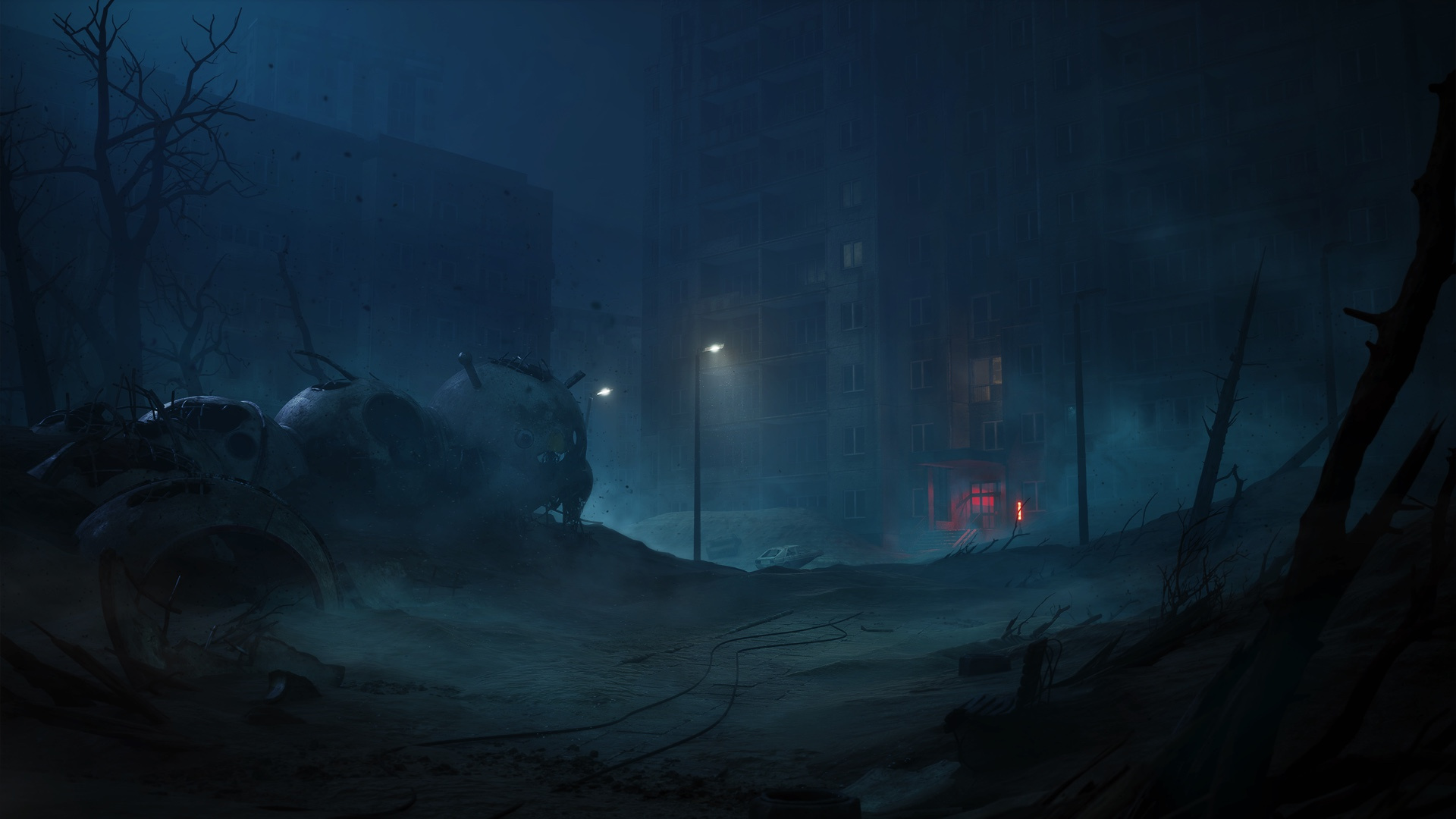 Retro-Futurism Meets Post-Soviet Despair
Retro-Futurism Meets Post-Soviet Despair
The game’s environments are a bleak love letter to Eastern European brutalist architecture. Think abandoned Polish research facilities with peeling propaganda posters, derelict housing blocks split open by temporal rifts, and decaying underground laboratories echoing with both history and horror. It’s STALKER meets Control, with a bit of Half-Life 2‘s urban decay tossed in for good measure.
Lighting plays a massive role in building tension. Corridors are lit with CRT-blue glow, flickering hazard lights, or the ominous red pulses of Anomaly veins that snake across concrete. Shadows stretch and morph subtly, reinforcing the game’s themes of psychological decay and corrupted memory.
What truly stands out is the bimodal visual design: the 1980s segments are deliberately grainier and oversaturated, with VHS-style distortion and lens artifacts, while the future wastelands are rendered in icy realism with high contrast and severe lighting. It’s a brilliant, non-verbal cue that instantly places you in the right timeline.
Sound Design: The Quiet is Louder Than the Screams
From the eerie hum of time rifts to the low industrial drone of forgotten cities, the audio landscape of Cronos is as meticulously crafted as its visuals. You’ll often hear enemies before you see them, scraping metal limbs, whispering voices (sometimes your own), and bone-warping merge screeches that warn of evolving threats nearby.
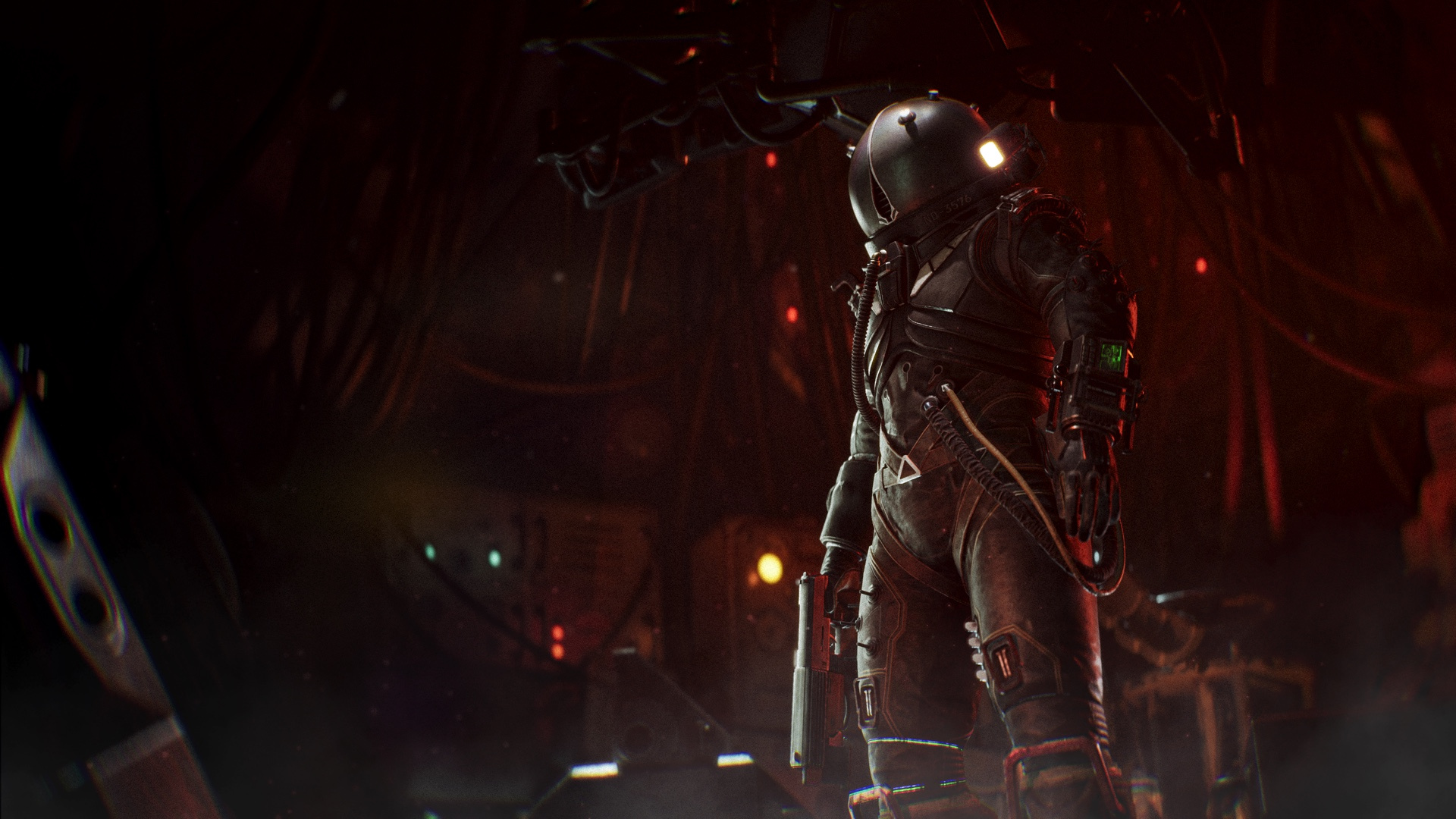 Weapons pack a visceral punch. The Cryo Pistol lets off a sharp, frost-shattering crack, while flamethrowers sputter and roar with feral urgency as you try to incinerate corpses before they merge. But it’s the silence that does most of the heavy lifting, long stretches of ambient nothing, broken only by your own footsteps or the flicker of corrupted light.
Weapons pack a visceral punch. The Cryo Pistol lets off a sharp, frost-shattering crack, while flamethrowers sputter and roar with feral urgency as you try to incinerate corpses before they merge. But it’s the silence that does most of the heavy lifting, long stretches of ambient nothing, broken only by your own footsteps or the flicker of corrupted light.
Composer Arkadiusz Reikowski, known for The Medium and Observer, reportedly consulted on the project, and it shows. The score is an unsettling blend of cold synths, reversed vocals, and distorted lullabies. It doesn’t just support the tension, it is the tension.
Closing the Rift: Final Thoughts on Cronos
Cronos: The New Dawn walks a tightrope between haunting dread and cerebral challenge, and somehow does so with its boots soaked in radioactive rain. It doesn’t merely invite you into its time-ravaged world , it drags you through every rusted corridor, each scream-echoed bunker, and every ash-covered memory with methodical cruelty and unexpected beauty.
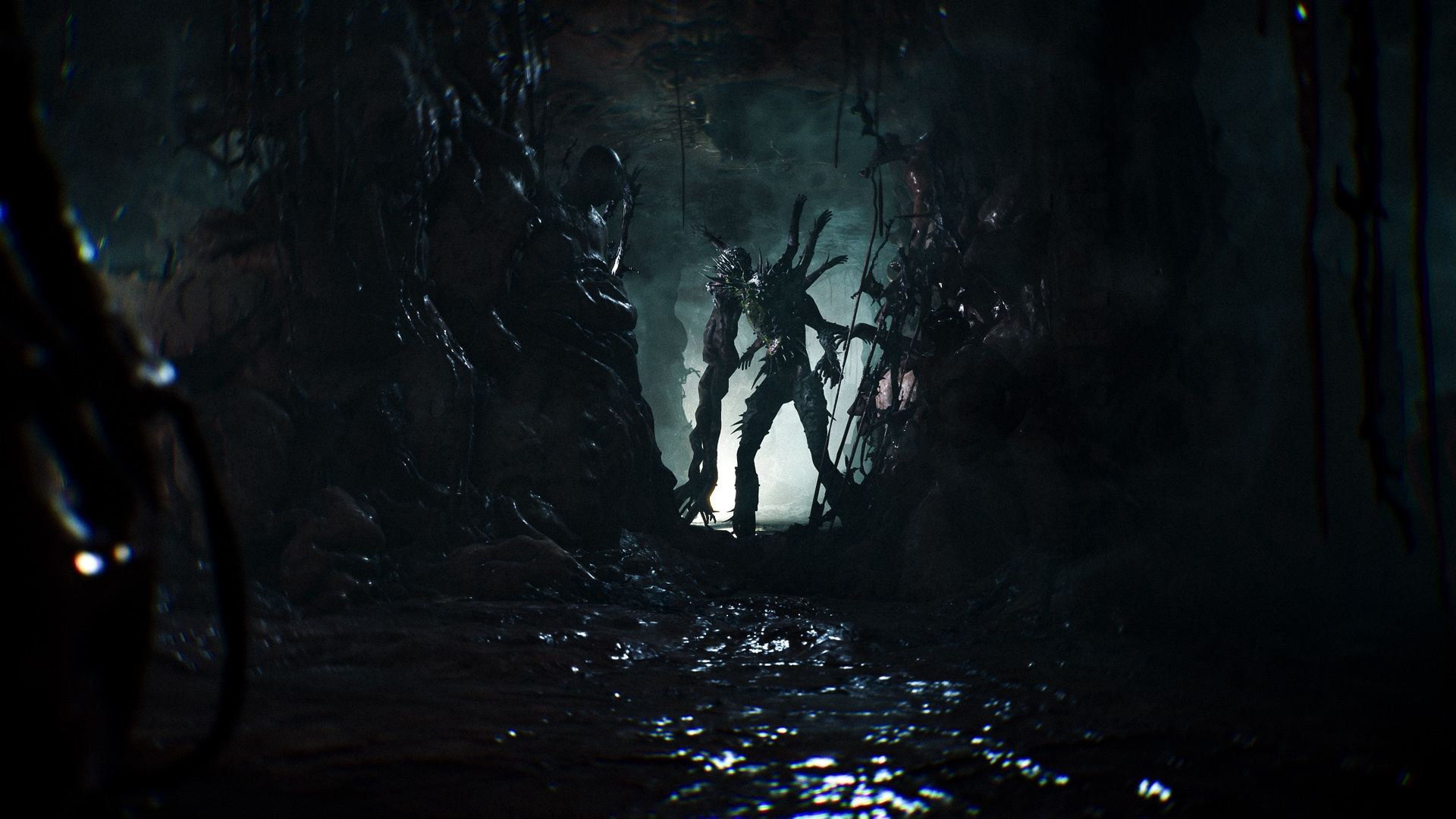 What elevates Cronos above its grim peers is its insistence on consequence. You’re not a god swinging a flaming sword for fun , you’re a Traveler, stitched into a decaying suit with voices of the dead whispering in your ears. Every bullet spent feels like an IOU to the void. Every decision you make, especially regarding which souls to carry and which to leave, presses on the narrative like a fingerprint on glass , subtle but permanent.
What elevates Cronos above its grim peers is its insistence on consequence. You’re not a god swinging a flaming sword for fun , you’re a Traveler, stitched into a decaying suit with voices of the dead whispering in your ears. Every bullet spent feels like an IOU to the void. Every decision you make, especially regarding which souls to carry and which to leave, presses on the narrative like a fingerprint on glass , subtle but permanent.
While its combat can be punishing, it never feels cheap. Instead, it reinforces its atmosphere of survival and stress. The enemy merging mechanic adds a rare sense of urgency to every kill, and you’ll quickly learn that burning corpses is less a sadistic act and more a survival instinct. If you’re the type to loot bodies later , Cronos will punish that hubris.
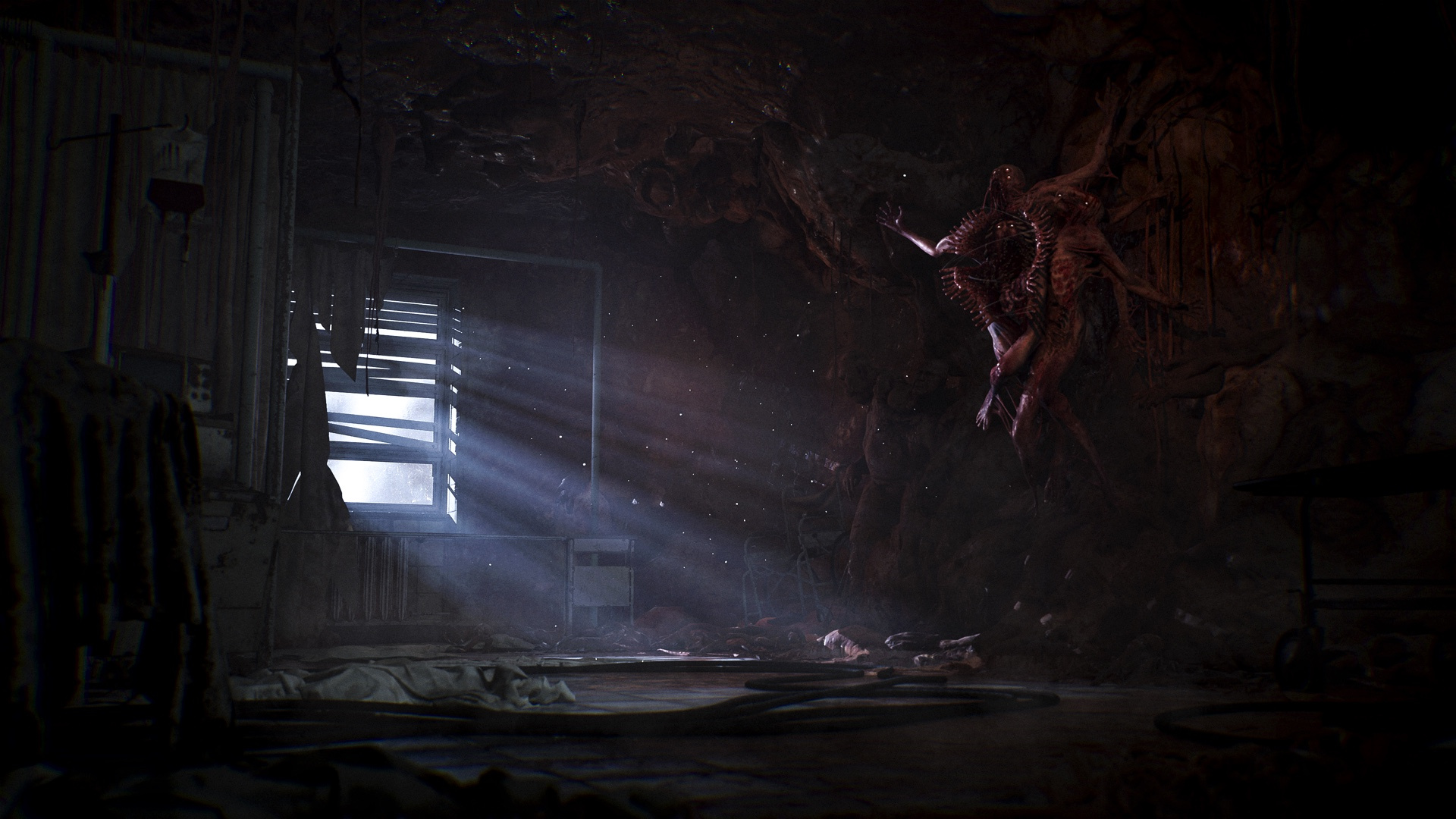 As a new IP, this is a remarkably bold and well-executed entry into the survival horror genre. It wears its inspirations proudly , a little S.T.A.L.K.E.R. here, some The Medium melancholy there, with the masochism of Soulsborne titles woven tightly through its systems , yet it carves out its own unsettling identity through art direction, lore, and brutal environmental storytelling.
As a new IP, this is a remarkably bold and well-executed entry into the survival horror genre. It wears its inspirations proudly , a little S.T.A.L.K.E.R. here, some The Medium melancholy there, with the masochism of Soulsborne titles woven tightly through its systems , yet it carves out its own unsettling identity through art direction, lore, and brutal environmental storytelling.
We prepared this review with a closed beta copy of the Cronos: The New Dawn for the PS5 version provided by Bloober Team.

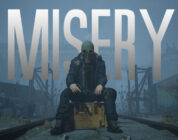



FIOIyYafne
PvPUOKGqS
natyajnie potolki samara_jnet
тканевые натяжные потолки самара акции [url=www.natyazhnye-potolki-samara-1.ru]www.natyazhnye-potolki-samara-1.ru[/url] .
1win_uz_oaor
1win pul yechish [url=https://1win5510.ru]https://1win5510.ru[/url]
Diplomi_pkkn
купить проведенный диплом в красноярске [url=http://www.frei-diplom3.ru]http://www.frei-diplom3.ru[/url] .
mostbet_kg_mlKr
www mostbet com [url=https://mostbet12031.ru/]https://mostbet12031.ru/[/url]
Diplomi_ydsi
купить юридический диплом [url=http://r-diploma6.ru/]купить юридический диплом[/url] .
gidroizolyaciya podvala cena_kqsr
вертикальная гидроизоляция подвала [url=gidroizolyaciya-podvala-cena.ru]вертикальная гидроизоляция подвала[/url] .
gidroizolyaciya cena_ubKi
гидроизоляция цена за рулон [url=gidroizolyaciya-cena-8.ru]гидроизоляция цена за рулон[/url] .
elektrokarniz _tasr
карниз для штор с электроприводом [url=http://elektrokarniz777.ru]карниз для штор с электроприводом[/url] .
gidroizolyaciya podvala cena_susr
сырость в подвале многоквартирного дома [url=http://gidroizolyaciya-podvala-cena.ru]http://gidroizolyaciya-podvala-cena.ru[/url] .
torkretirovanie_xpst
торкретирование цена за м2 [url=www.torkretirovanie-1.ru]www.torkretirovanie-1.ru[/url] .
postavka medicinskogo oborydovaniya_pkMi
поставщик медицинского оборудования [url=http://www.medoborudovanie-postavka.ru]поставщик медицинского оборудования[/url] .
medicinskaya tehnika_ezEl
медицинская техника [url=medicinskaya-tehnika.ru]медицинская техника[/url] .
avtomaticheskie rylonnie shtori_inel
электрические рулонные шторы купить москва [url=http://avtomaticheskie-rulonnye-shtory1.ru/]http://avtomaticheskie-rulonnye-shtory1.ru/[/url] .
Smart Way_tlpt
смартвей сайт [url=www.sajt-smart-way.ru]www.sajt-smart-way.ru[/url] .
Diplomi_ztMa
купить аттестат за 9 класс в ростове на дону [url=http://r-diploma27.ru]http://r-diploma27.ru[/url] .
shveinoe proizvodstvo_wrmr
швейное производство одежды [url=https://miniatelie.ru/]https://miniatelie.ru/[/url] .
reiting seo kompanii_unPt
каталог seo агентств [url=http://www.reiting-seo-kompanii.ru]http://www.reiting-seo-kompanii.ru[/url] .
good day 4 play casino_cnMl
good day 4 play rejestracja [url=goodday4play-online.com]good day 4 play rejestracja[/url] .
reiting seo kompanii_okPt
рейтинг компаний seo оптимизации [url=www.reiting-seo-kompanii.ru/]www.reiting-seo-kompanii.ru/[/url] .
skolko stoit yzakonit pereplanirovky_dhpi
оформить перепланировку цена [url=skolko-stoit-uzakonit-pereplanirovku.ru]оформить перепланировку цена[/url] .
jp99_zlkt
jp9p [url=http://jp99-online.com]http://jp99-online.com[/url] .
newsky88_ifEt
newsky [url=www.newsky-online.com]www.newsky-online.com[/url] .
melbet_wxMi
melbet bonus rules [url=https://melbet5003.ru]https://melbet5003.ru[/url]
Diplomi_gnEr
корочка для аттестата купить 11 класс [url=https://r-diploma28.ru/]корочка для аттестата купить 11 класс[/url] .
kypit kyrsovyu_peMl
курсовая работа купить москва [url=https://kupit-kursovuyu-9.ru/]курсовая работа купить москва[/url] .
filler kypit_dzMi
купить филлеры москва [url=https://filler-kupit1.ru/]купить филлеры москва[/url] .
elektrokarniz dlya shtor_xckl
электронный карниз для штор [url=www.elektrokarniz-dlya-shtor11.ru]электронный карниз для штор[/url] .
elektrokarniz dlya shtor_wjkl
электрокарнизы для штор цена [url=elektrokarniz-dlya-shtor11.ru]электрокарнизы для штор цена[/url] .
elektrokarniz dlya shtor_tlkl
электрокарнизы для штор купить в москве [url=www.elektrokarniz-dlya-shtor11.ru]www.elektrokarniz-dlya-shtor11.ru[/url] .